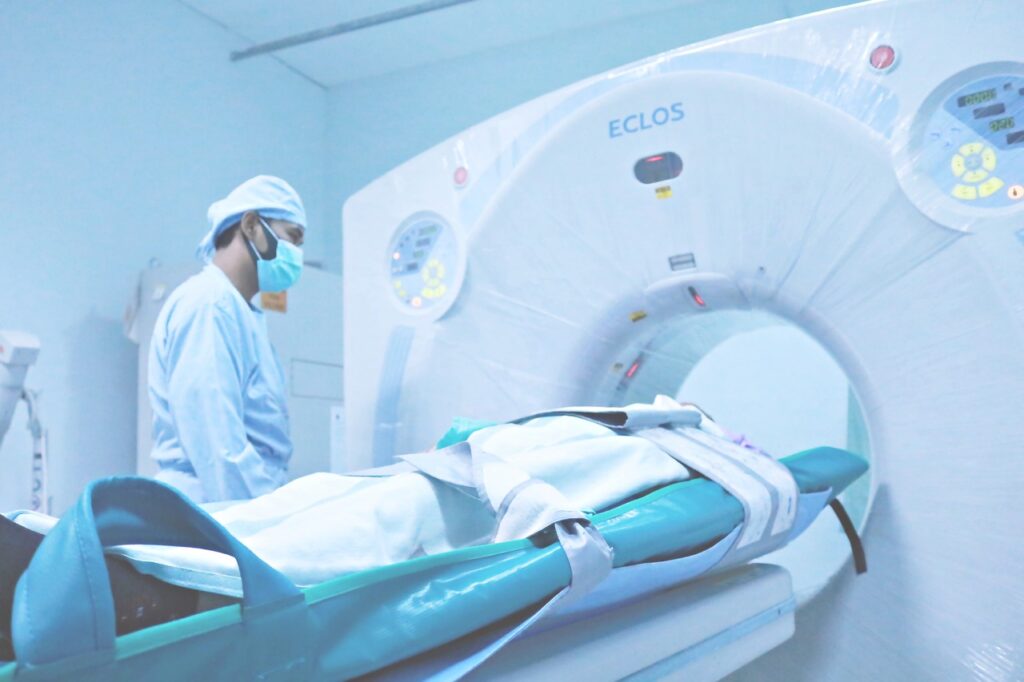By Debbie Bunch

Vitamin A Does Not Prevent Bronchopulmonary Dysplasia
High-dose enteral vitamin A supplementation has been suggested as a way to lower the risk of bronchopulmonary dysplasia (BPD) in high-risk newborns when given in the early postnatal period. According to European researchers, it doesn’t work.
Their study was conducted among 915 extremely low birth weight (ELBW) infants being cared for in 29 NICUs in Austria and Germany. The infants were randomized to receive either early high-dose enteral vitamin A supplementation, defined as 5000 IU/kg per day, or a peanut oil placebo for 28 days. All the newborns in the study required either mechanical ventilation, noninvasive respiratory support, or supplemental oxygen within the first 72 hours of admission to the NICU, and all received basic vitamin A supplementation, defined as 1000 IU/kg per day.
Results showed —
- Moderate or severe BPD or death occurred in 171 (38%) of 449 infants in the high-dose vitamin A group vs. 178 (38%) of 466 infants in the control group.
- The number of participants with at least one adverse event was similar between groups, with 57% of those in the high-dose vitamin A group experiencing an adverse event vs. 60% in the control group.
- Serum retinol concentrations at baseline, at the end of intervention, and at 36 weeks postmenstrual age were similar in the two groups.
The authors believe these findings show vitamin A supplementation offers little advantage in terms of preventing BPD in ELBW infants. The study was published by The Lancet Respiratory Medicine. Read More

Early Mobility Dose Matters
Early mobility is a relatively new concept in the ICU. The theory is that getting patients up and walking — even those on mechanical ventilation — can speed their recovery. Studies have borne out the value of this practice, and now new research out of the UC Davis Medical Center suggests more is better too.
In a trial involving 8,609 patients who were hospitalized for at least 24 hours between December 2015 and October 2018, investigators found that each additional out-of-bed event performed per mobility-eligible day led to a 10% decrease in mechanical ventilation, 4% decrease in ICU length of stay (LOS), and 5% decrease in hospital LOS.
Overall, 70% of patients had at least one out-of-bed event during their stay in the ICU. Patients were mobilized out of bed on 46.5% of ICU days.
Among the 3,443 patients on mechanical ventilation, 569, or 16.6%, had at least one out-of-bed event while still being ventilated.
The researchers created a mobility dose called the OOB-E index for the full cohort and another called the OOB-E before extubation for patients on mechanical ventilation to assess the number of out-of-bed events. The median OOB-E index was 0.5 (0 to 1.2) events per day among all adults hospitalized in the ICUs. The index was higher in the predominately surgical ICUs, which included cardiothoracic, neurosurgical, surgical, and burn ICUs, than in medical and mixed medical/surgical ICUs. The authors attribute the latter result to daily mobility interventions in the cardiothoracic and burn ICUs.
“Our findings support a dose-response relationship between mobility and specific patient outcomes,” said study author Sarina Fazio, PhD, RN. However, she notes that “Associations differed across ICU patient populations, raising important questions about how frequently, how intensively, and how long therapy should be provided for people in different units.”
The study was published by the American Journal of Critical Care. Read More

Subtle Changes in CT Scans May Predict Respiratory Disease Events in Smokers
Subtle changes on CT scans known as quantitative interstitial abnormalities (QIA) can put smokers at increased risk for acute respiratory disease events, report researchers from Brigham and Women’s Hospital.
“QIA includes features like reticulation and ground-glass opacities as well as subtle density changes with important clinical implications,” explained study author Bina Choi, MD. “In some patients, QIA may be a precursor to advanced diseases such as pulmonary fibrosis or emphysema.”
The study involved a secondary analysis of the CT scans of 3,972 participants in the COPDGene® Study, which included individuals with a ten-pack-year or greater smoking history recruited from multiple centers between November 2007 and July 2017. Machine learning-based tools were used to measure QIA as a percentage of lung volume on a CT scan. The participants’ QIA measurements at baseline and a five-year follow-up CT exam determined the progression of QIA.
The investigators found that participants in the highest quartile of QIA progression had more frequent and severe acute respiratory disease events than those in the lowest quartile.
Dr. Choi and her colleagues believe QIA progression may represent changes in lung tissue processes that impact patient symptoms and the worsening of those symptoms over time. “Severe acute respiratory disease events may be a sign of disease activity and a source of morbidity at the earliest stages of lung tissue injury,” she said. “Some people with QIA progression may merit more aggressive monitoring and earlier intervention.”
The study was published by Radiology. Read More








